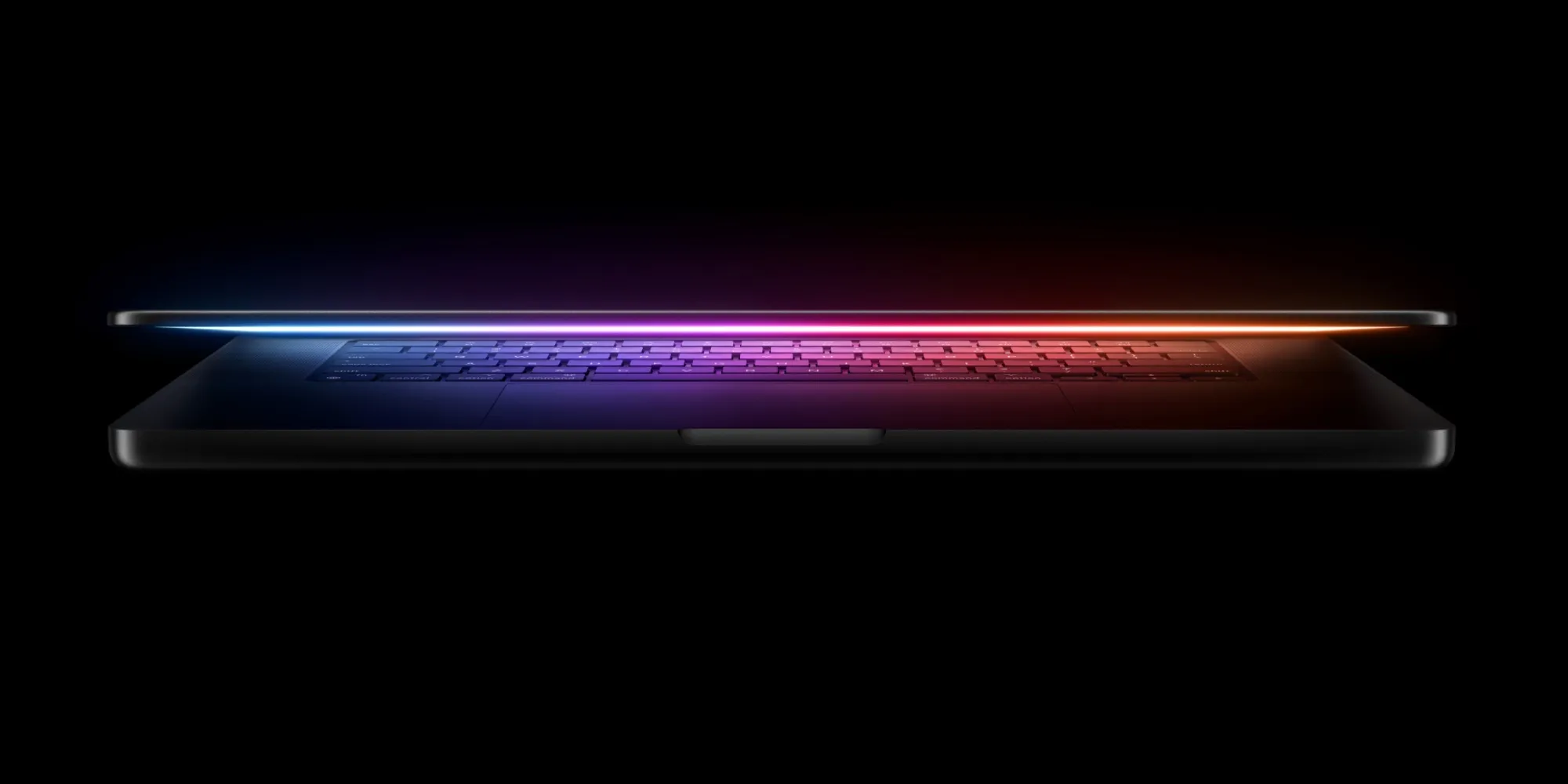The tech world is aflutter with rumors, as it always is this time of year. While the holiday season is barely behind us, whispers of what the new year will bring are already circulating. One of the most persistent rumors? A refresh of Apple’s popular MacBook Air line. Now, I’ve been following Apple for years, and while nothing is ever certain until Tim Cook takes the stage, the signs are certainly pointing towards an update sooner rather than later.
It’s funny how these things start. A stray line in a software update, a cryptic tweet from a usually reliable source, a casual conversation in a coffee shop (okay, maybe not that last one). But when you put it all together, a picture starts to emerge. And this picture suggests we might see new MacBook Airs, packing Apple’s latest silicon, perhaps even before we see some of the other rumored devices like the next iPhone SE or the elusive iPad 11.
Now, let’s talk about that “sooner rather than later” part. There’s been some chatter suggesting these new Airs could arrive even before Apple’s typical spring event. Think January, February, maybe even early March. It wouldn’t be unprecedented. Apple sometimes opts for a quiet press release on their newsroom website for more iterative updates, saving the big stage for more significant announcements. This would allow them to get the new MacBook Airs out the door and into the hands of eager consumers without the fanfare of a full-blown event.
What can we expect from these new machines? Well, if the rumors are to be believed, the biggest change will be under the hood. We’re anticipating the arrival of the M4 chip, the next iteration of Apple’s impressive custom silicon. We’ve already seen the M4 make its way into other Macs, and the performance gains have been noticeable.
We’re talking a potential jump of around 25% in multi-core CPU performance compared to the M3. That’s a significant leap, which will translate to snappier performance in everyday tasks, faster rendering for creative professionals, and smoother gameplay for those who like to unwind with a little gaming on their Mac.
Beyond the chip, things get a little murkier. Don’t expect a radical redesign. The current MacBook Air design is sleek and modern, and it’s unlikely Apple will deviate too far from that winning formula. Minor refinements are always possible, but a complete overhaul seems unlikely at this stage.
However, there are a few other potential upgrades that have been floating around. One possibility is the inclusion of a center-stage camera. This feature, which automatically keeps you in frame during video calls, has already proven popular on other Apple devices, and it would be a welcome addition to the MacBook Air. Another potential upgrade is a move from Thunderbolt 3 to Thunderbolt 4 ports. This would bring increased bandwidth and support for more peripherals, which would be a boon for power users.
It’s also worth noting that Apple’s own software, macOS, may have inadvertently dropped a hint about these new machines. Sometimes, hidden within the code of software updates, are clues about upcoming hardware. It’s like a little Easter egg hunt for tech enthusiasts.
Of course, all of this is still based on rumors and speculation. Until Apple officially announces something, it’s important to take everything with a grain of salt. But given the consistency of the rumors and Apple’s track record, it seems highly probable that we’ll be seeing new MacBook Airs in the not-too-distant future.
And if the whispers are true, these new machines will be a significant step forward, offering a compelling combination of performance, portability, and design. For those in the market for a new laptop, it might be worth holding off just a little bit longer. The winds of change are blowing, and a new breeze might just be on the horizon.
As I wrote in October, new entry level iPads (J481 and J482) are coming in the spring. iPhone SE, new iPad Air are on the same general timeline. The M4 MacBook Air will be earlier. https://t.co/0tUlePyFRZ
— Mark Gurman (@markgurman) December 23, 2024

